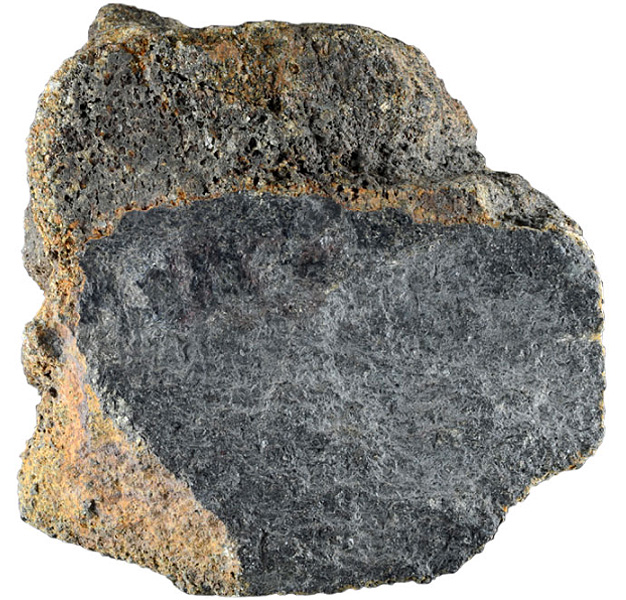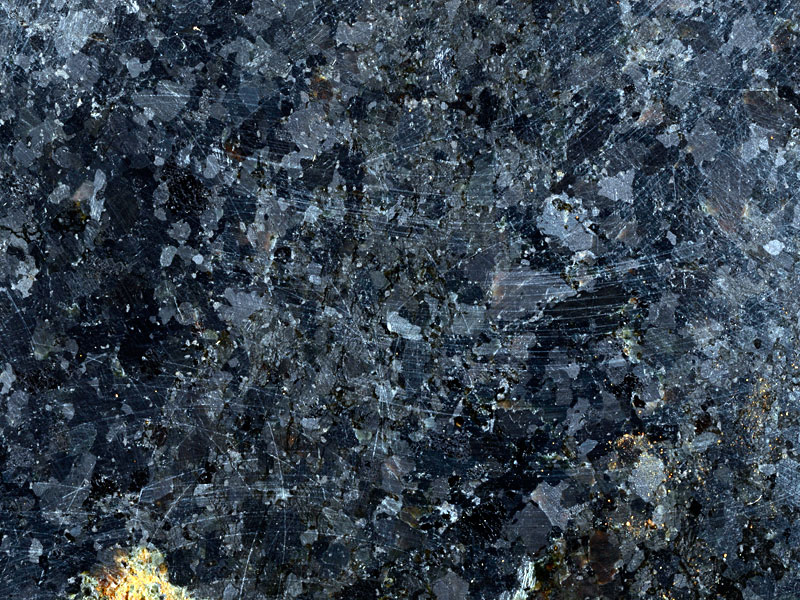
Fact sheet
This coarse-grained rock from Scourie in Scotland is one of a series of metamorphosed intrusive rocks that have been extensively studied since they played an important role in helping geologists to separate two deformation phases in the ancient rocks of northern Scotland. This series of igneous rocks is known as the Scourie dyke swarm, since they intruded the host rocks after one phase of deformation but were subsequently deformed and metamorphosed in a later orogeny.
In thin section the rock contains olivine with prominent opaque rich alteration along the internal cracks. Also visible is pale pink pyroxene exhibiting good cleavage, and pale green amphibole exhibiting strong cleavage and many good examples of two cleavages with 120° angles between them.
The United Kingdom Virtual Microscope (UKVM) collection consists of igneous, sedimentary and metamorphic rocks from around the UK.
It is intended as a teaching resource, helping to tell the story of the common rock types and how they form, and reflecting the history of the UK at the margins of the continent of Europe. The collection is a series of teaching sets, for example igneous rocks from the North Atlantic Igneous Province and SW England; high-temperature metamorphic rocks from Scotland and low-temperature metamorphic rocks from Wales; and sedimentary rocks, including English limestones and sandstones.






